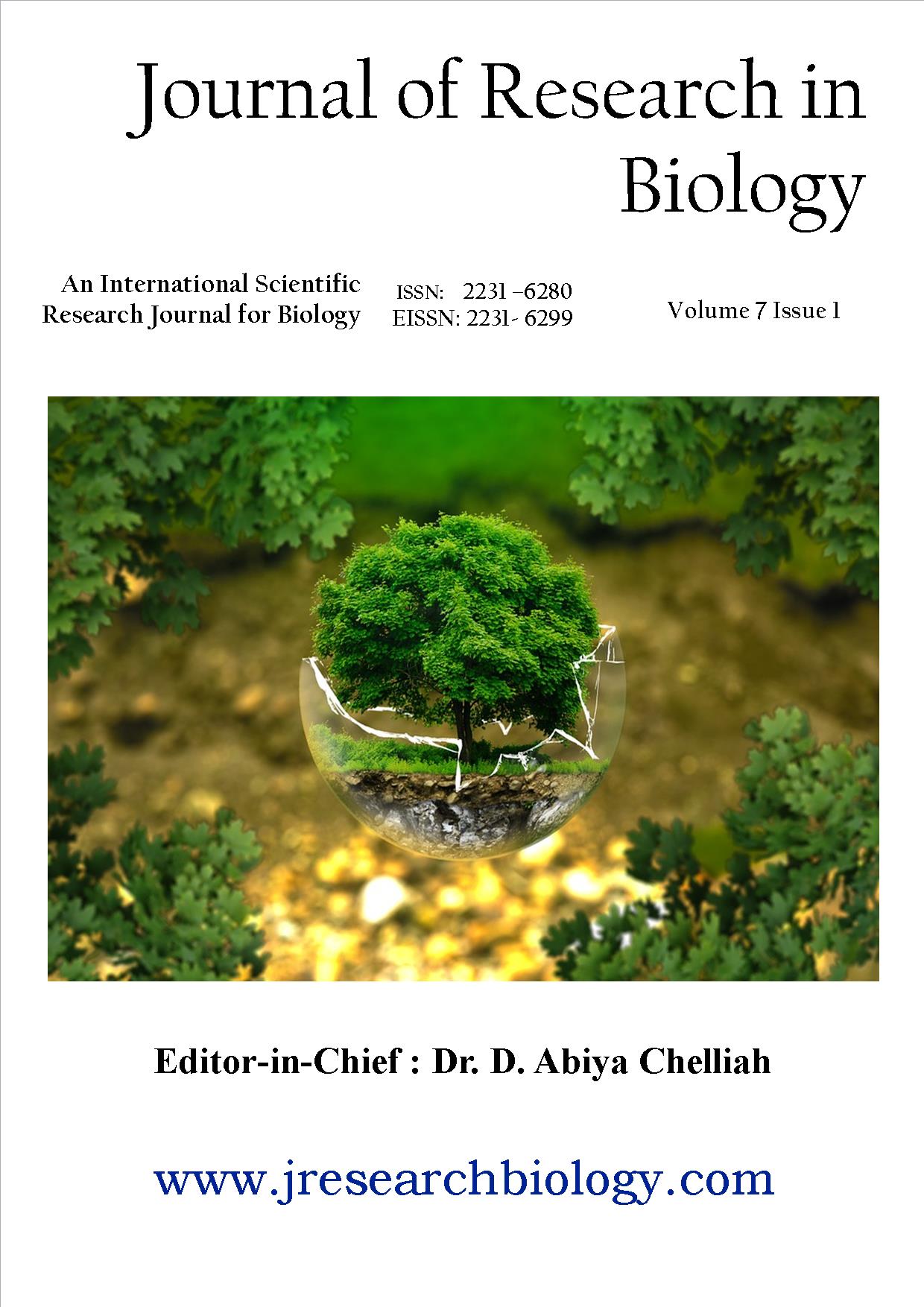Abstract
In this research in order to produce blood sugar biosensor, an appropriate membrane for glucose oxidase immobilization by using nanofibers created from polymers of polyacrylic acid and starch are studied. They are biocompatible and biodegradable respectively and were prepared by electro-spinning method for nanofiber fabrication. Dimethylformamide and distilled water were used as solvent for PAA and starch respectively to get a homogeneous solution. Because nanofibers made of polyacrylic acid-starch face with enzymes, due to its extremely high hydrophilic ‘OH’ groups may lose their cohesion, crosslinking as chemical surface modification and for better enzyme immobilization, non-thermal plasma surface modification using atmospheric pressure Dielectric Barrier Discharge (DBD) were used. Crosslinking was carried out by APTMS and Glutaraldehyde (GA). The effect of electro-spinning process variables on morphology of nanofibers was examined by Scanning Electron Microscopy (SEM). Nanofibers structure and chemical composition to demonstrate the successful linking and immobilization of enzymes in the composite membrane was obtained by Fourier Transform Infrared spectroscopy (FTIR) and improved thermal stability of nanofibers in presence of enzyme and surface modifications was determined by Thermal Gravimetric Analysis (TGA).
References
Doshi J and Reneker DH. (1993). Electrospinning process and applications of electrospun fibers. In Industry Applications Society Annual Meeting, Conference Record of the 1993 IEEE. 1698-1703 p.
Fong H, Chun I and Reneker DH. (1999). Beaded nanofibers formed during electrospinning. Polymer, 40(16): 4585-4592.
Li SF and Wu WT. (2009). Lipase-immobilized electrospun PAN nanofibrous membranes for soybean oil hydrolysis. Biochemical Engineering Journal, 45(1):48-53.
Liu F and Liu G. (2001). Poly (solketal methacrylate)-b lock-poly (2-cinnamoyloxyethyl methacrylate)-b lock-poly (allyl methacrylate): Synthesis and Micelle Formation. Macromolecules, 34(5):1302-1307.
Lu J, Askeland P and Drzal LT. (2008). Surface modification of microfibrillated cellulose for epoxy composite applications. Polymer, 49: 1285–1296.
Lue SJ, Shih TS and Wei TC. (2006). Plasma modification on a Nafion membrane for direct methanol fuel cell applications. Korean Journal of Chemical Engineering, 23:441–446.
Matsuoka H, Matsutani M, Mouri E and Matsumoto K. (2003). Polymer micelle formation without Gibbs monolayer formation: Synthesis and characteristic behavior of an amphiphilic diblock copolymer having strong acid groups. Macromolecules, 36(14):5321-5330.
Namazi H, Fathi F and Dadkhah A. (2011). Hydrophobically modified starch using long-chain fatty acids for preparation of nanosized starch particles. Scientia Iranica,18(3): 439-445.
Reach G and Wilson GS. (1992). Can continuous glucose monitoring be used for the treatment of diabetes?Analytical Chemistry, 64(6): 381A-386A.
Sheldon RA. (2007). Enzyme immobilization: the quest for optimum performance. Advanced Synthesis and Catalysis, 349(8-9): 1289-1307.
Song C, Sheng L and Zhang X. (2013). Immobilization and characterization of a thermostable lipase. Marine Biotechnology, 15(6): 659-67.
Theron A, Zussman E and Yarin AL. (2001). Electrostatic field-assisted alignment of electrospun nanofibres. Nanotechnology, 12: 384–390.
Yao S, Wang X, Liu X, Wang R, Deng C and Cui F.(2013). Effects of ambient relative humidity and solvent properties on the electrospinning of pure hyaluronic acid nanofibers, Journal of Nanoscience and Nanotechnology, 13(7): 4752–4758.
Yarin AL, Koombhongse S and Renker DH. (2001). Taylor cone and jetting from liquid droplets in electro spinning of nanofibers. Journal of Applied Physics, 90(9): 4836-4846.
Copyright license for the research articles published in Journal of Research in Biology are as per the license given below
Creative Commons License
Journal of Research in Ecology is licensed under a Creative Commons Attribution 4.0 International (CC BY 4.0). (www.creativecommons.org)
Based on a work at www.jresearchbiology.com
What this License explains us?
You are free to:
Share — copy and redistribute the material in any medium or format
Adapt — remix, transform, and build upon the material
for any purpose, even commercially.
This license is acceptable for Free Cultural Works. The licensor cannot revoke these freedoms as long as you follow the license terms.
[As given in the www.creativecommons.org website]
Under the following terms:
Attribution — You must give appropriate credit, provide a link to the license, and indicate if changes were made. You may do so in any reasonable manner, but not in any way that suggests the licensor endorses you or your use.
No additional restrictions — You may not apply legal terms or technological measures that legally restrict others from doing anything the license permits.

